Blog
Jumper’s Knee and SoftWave Therapy: Advanced Healing with Dr. Roger Huang at Disc Centers of America – Cleveland
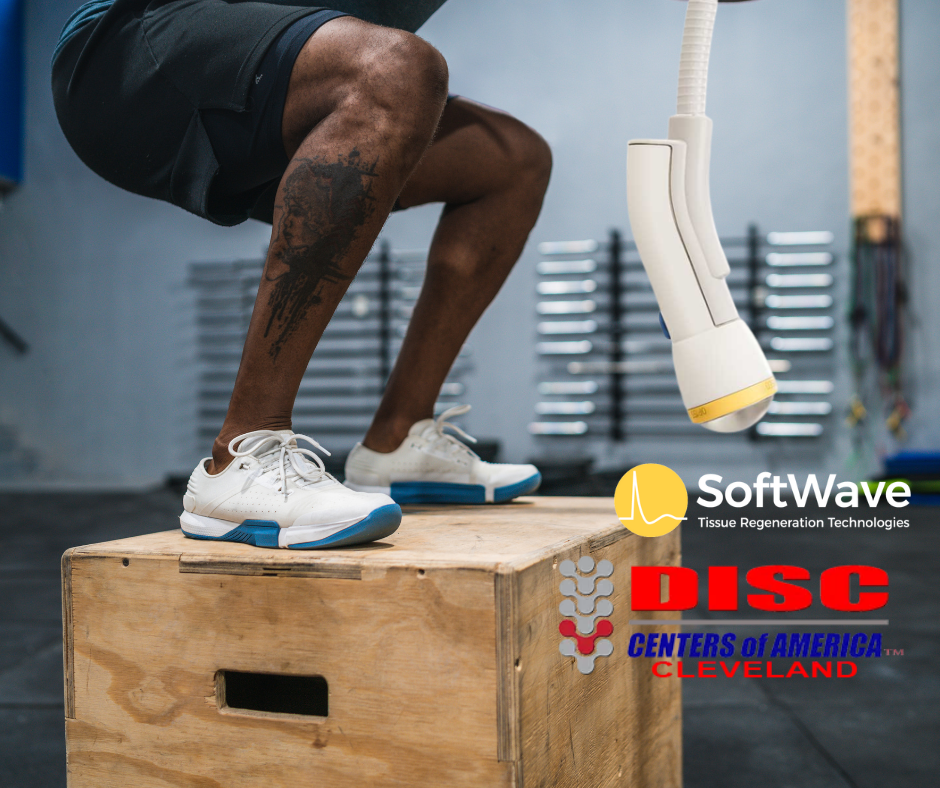
Jumper’s knee, also known as patellar tendonitis, is a condition that causes pain and inflammation in the patellar tendon, which connects the kneecap to the shinbone. It’s a common overuse injury among athletes and active individuals who engage in sports that require frequent jumping or sudden changes in direction, such as basketball, volleyball, or soccer. At Disc Centers of America – Cleveland, Dr. Roger Huang uses SoftWave Tissue Regeneration Technology (TRT) to provide pain relief, accelerate recovery, and promote tendon repair, helping athletes return to peak performance without invasive treatments.
What is Jumper’s Knee?
Jumper’s knee occurs when the patellar tendon becomes overworked or strained, leading to small tears and inflammation. Over time, if left untreated, the condition can worsen, causing chronic pain and limiting mobility.
Causes of Jumper’s Knee
Jumper’s knee is typically caused by repetitive strain on the patellar tendon. Common contributing factors include:
- Frequent Jumping and Landing: High-impact activities that involve jumping or sudden stops place significant stress on the patellar tendon.
- Overuse: Repetitive movements, such as running or squatting, can irritate the tendon.
- Muscle Imbalances: Weakness or tightness in the quadriceps, hamstrings, or calves can lead to improper knee mechanics, increasing strain on the patellar tendon.
- Improper Footwear: Wearing shoes that don’t provide adequate support can exacerbate stress on the knees.
- Sudden Increases in Activity: Quickly ramping up training intensity or volume without proper preparation can lead to overuse injuries.
Symptoms of Jumper’s Knee
Jumper’s knee typically presents with the following symptoms:
- Pain and Tenderness: Pain is felt at the bottom of the kneecap, where the patellar tendon attaches. This pain often worsens during activity and improves with rest.
- Swelling: The affected area may appear swollen or inflamed.
- Stiffness: The knee may feel stiff, especially after periods of inactivity.
- Reduced Strength and Mobility: Difficulty with jumping, running, or bending the knee is common.
Traditional Treatments for Jumper’s Knee
Conventional treatments for jumper’s knee aim to manage symptoms and reduce stress on the patellar tendon. These include:
- Rest and Ice: Temporarily reducing activity and applying ice to the affected area can help relieve pain and swelling.
- Physical Therapy: Stretching and strengthening exercises for the quadriceps, hamstrings, and calves can improve knee mechanics.
- Anti-Inflammatory Medications: NSAIDs may provide temporary relief but do not address the underlying cause.
- Corticosteroid Injections: Steroid injections may reduce inflammation temporarily but come with risks of tendon weakening and do not promote healing.
- Surgery: In severe cases, surgical intervention may be recommended to remove damaged tissue or repair the tendon.
While these treatments may provide temporary relief, they often fail to address the root cause or promote long-term healing.
How SoftWave Therapy Helps Jumper’s Knee
SoftWave Tissue Regeneration Technology (TRT) is a non-invasive, drug-free shock wave therapy that targets the underlying causes of jumper’s knee. This advanced treatment uses electrohydraulic supersonic acoustic waves to stimulate the body’s natural healing processes, providing pain relief and tendon regeneration without the need for surgery or injections.
The Science Behind SoftWave Therapy
SoftWave Therapy works at the cellular level to activate biological responses that accelerate healing:
- Mechanotransduction: Acoustic waves convert mechanical signals into biochemical responses, activating cellular repair processes in the patellar tendon.
- Stem Cell Activation: SoftWave stimulates resident stem cells, which are critical for repairing damaged tendon tissue.
- Inflammation Modulation: The therapy reduces harmful inflammation while promoting a healthy inflammatory response necessary for healing.
- Improved Blood Flow: SoftWave Therapy promotes angiogenesis (the formation of new blood vessels), delivering oxygen and nutrients to the damaged tendon to support recovery.
Benefits of SoftWave Therapy for Jumper’s Knee
SoftWave Therapy provides several unique advantages for individuals suffering from jumper’s knee:
1. Non-Invasive and Drug-Free
SoftWave Therapy is completely non-invasive, requiring no incisions, needles, or medications. This makes it a safe and effective option for athletes and active individuals.
2. Pain Relief
SoftWave Therapy reduces pain by modulating inflammation and improving blood flow, providing both immediate and long-lasting relief.
3. Tendon Repair and Regeneration
The therapy stimulates the regeneration of damaged tendon tissue, addressing the root cause of jumper’s knee rather than just masking symptoms.
4. Improved Mobility and Function
By reducing pain and stiffness, SoftWave Therapy restores range of motion and allows patients to return to their favorite activities with greater ease.
5. Accelerated Recovery
SoftWave Therapy helps athletes recover faster, enabling them to resume training and competition sooner.
Why SoftWave Therapy is Ideal for Athletes
Athletes with jumper’s knee need a treatment that supports high-performance goals. SoftWave Therapy fits perfectly because:
- It enhances recovery without interfering with training schedules.
- It strengthens the patellar tendon to reduce the risk of reinjury.
- It promotes long-term healing and resilience, helping athletes perform at their best.
Dr. Roger’s Success in Treating Jumper’s Knee
At Disc Centers of America – Cleveland, Dr. Roger Huang has helped countless patients recover from jumper’s knee using SoftWave Therapy. His patients consistently report:
- Reduced pain and inflammation after just a few sessions
- Improved knee strength and stability
- Faster recovery times and return to sports
- Avoidance of invasive procedures like surgery or injections
Dr. Roger’s personalized approach ensures that each treatment plan is tailored to the patient’s specific needs and recovery goals.
Schedule Your SoftWave Therapy Consultation Today!
If you’re struggling with jumper’s knee and want to explore a non-invasive, effective treatment option, SoftWave Therapy could be the solution you’ve been searching for. Schedule an appointment with Dr. Roger Huang and his expert team at Disc Centers of America – Cleveland to start your journey toward lasting relief and tendon healing.
Visit us at Disc Centers of America – Cleveland for more information or request an appointment here.
- Cleveland Office: 2794 Som Center Road, Willoughby Hills, OH 44094 | Phone: 440-714-7723
- Ashtabula Office: 2709 Lake Ave, Ashtabula, OH 44004 | Phone: 440-998-2200
Let SoftWave Therapy help you recover from jumper’s knee, restore mobility, and return to peak performance!
‹ Back



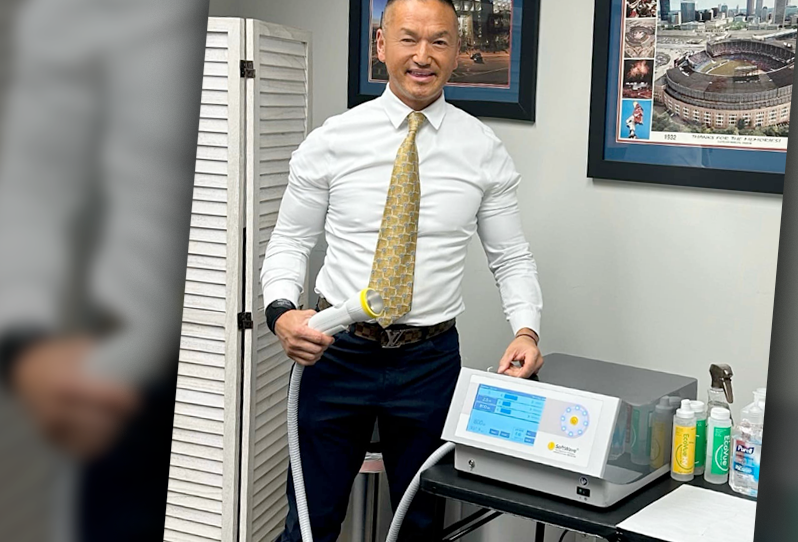
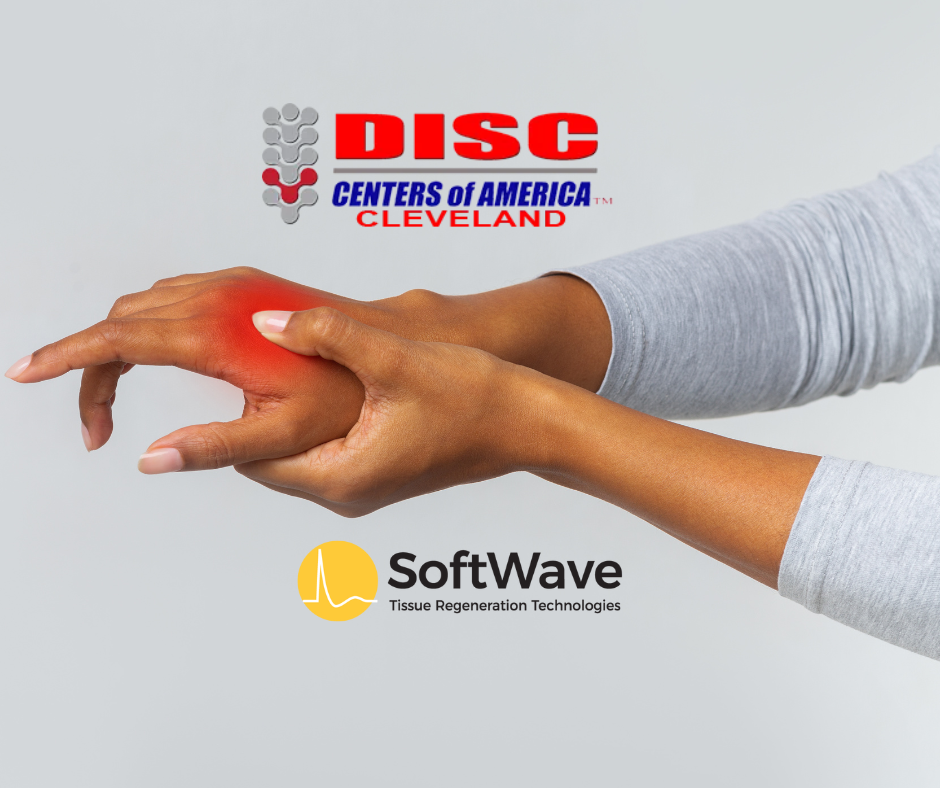
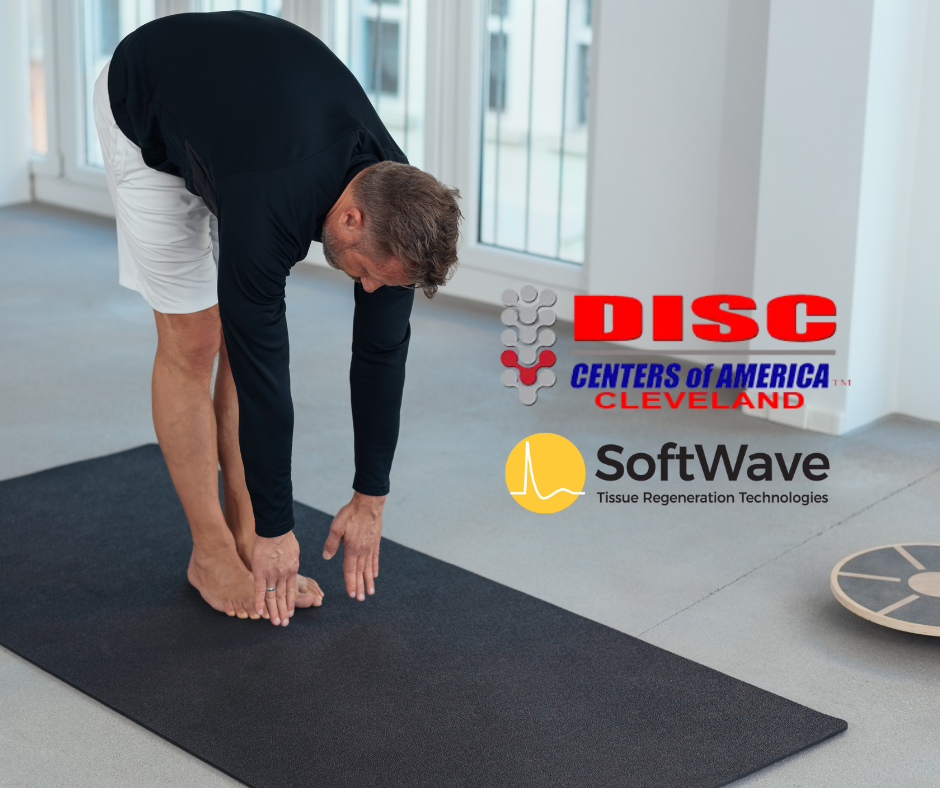
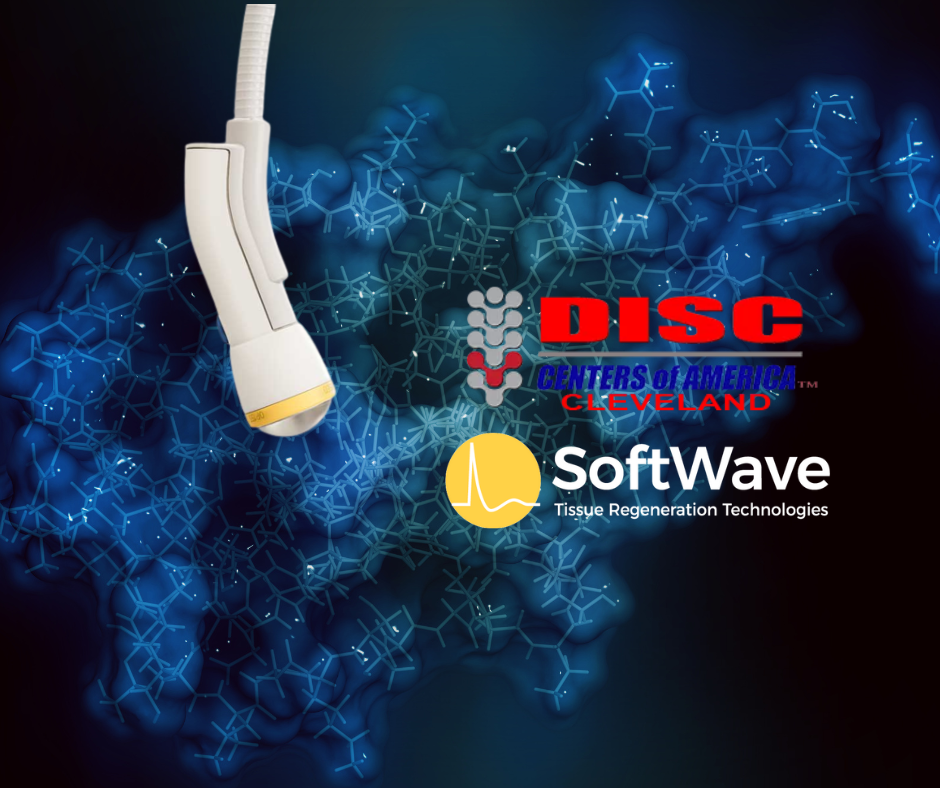
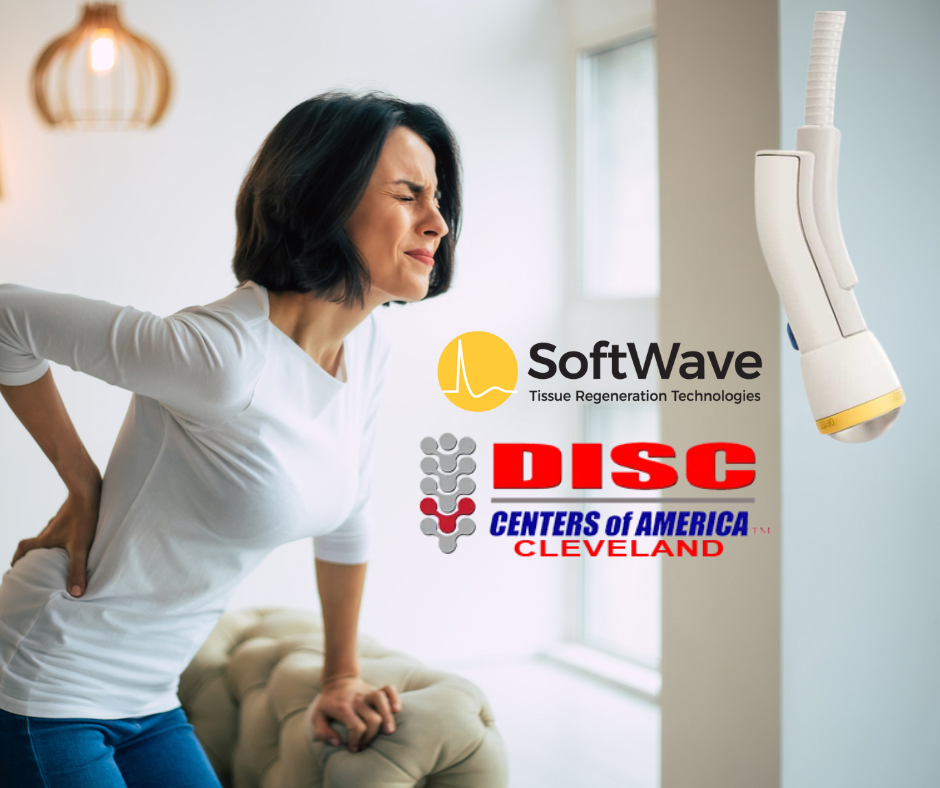

 2794 Som Center Road
2794 Som Center Road
